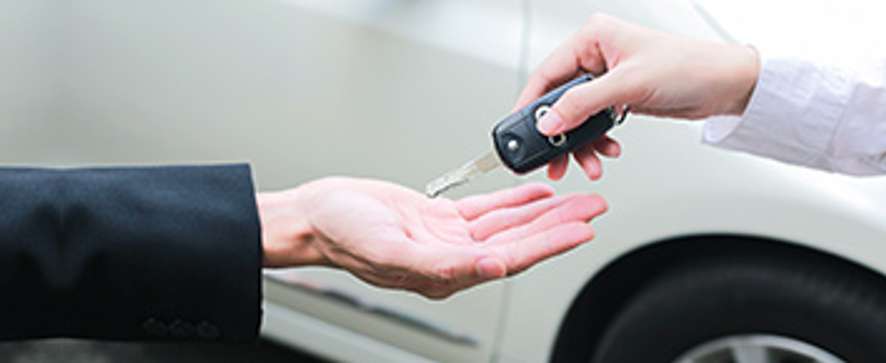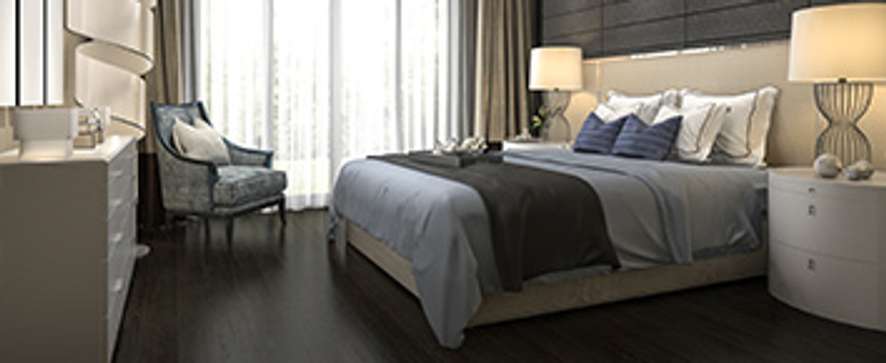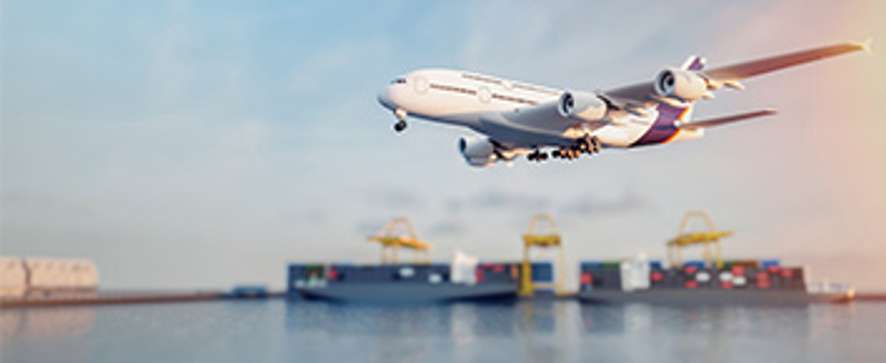Trekking in Nepal Guide

Transfer to the hotel
- Dana Yatsyshyn
- From Nepal
“Thank you for you hospitality and a brief introduction to Nepali culture. I was fasci...” Read More
Transfer to the hotel
- Dana Yatsyshyn
- From Nepal
“Thank you for you hospitality and a brief introduction to Nepali culture. I was fasci...” Read More
Trip of a lifetime!
- Steve Brooks
- From USA
“The trip was very well organized, amazing team and we had the trek of a lifetime! Hig...” Read More
ANNAPURNA AND TILICHO LAKE!
- Victor Thompson
- From USA
“My wife and I completed the Annapurna Circuit plus Tilicho Lake guided by Ramesh and ...” Read More
Step 1: Selecting the Right Trek
 See more
See moreStep 2: Solo trekking in Nepal? Or find trekking partners?
 See more
See moreStep 3: Go with a Trekking Company and be guided, or not?
 See more
See moreStep 4: Hiring the right trekking company – online trek booking, or not?
 See more
See moreStep 5: Best season for Trekking in Nepal?
 See more
See moreStep 6: What trekking equipment do you need?
 See more
See moreStep 7: Is it recommended to purchase trekking equipment in Nepal, or abroad?
 See more
See moreStep 8: Ready for trekking? Here are a few bonus tips.
 See more
See more





